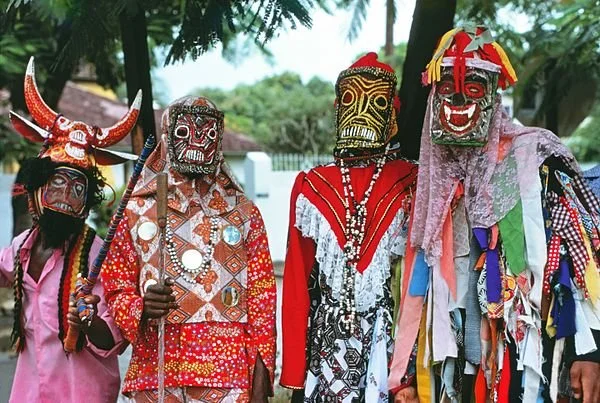
Junkanoo History
from an archival perspective
History
Junkanoo is a street parade with music, dance, and costumes with origin in many islands across the English-speaking Caribbean every Boxing Day (26 December) and New Year's Day (1 January). These cultural parades are predominantly showcased in the Bahamas where the music is mainstreamed and competition results are hotly contested. There are also Junkanoo parades in Miami and Key West, Florida, in June and October, respectively, where local Black communities have Caribbean roots. In addition to being a culture of dance for Afro-North Carolinians and the Garifuna people, Junkanoo is prominent in The Bahamas on Independence day and other historical holidays. Dances are choreographed to the beat of goatskin drums and cowbells. Related forms include the Gombey in Bermuda from the same root as the Bahamian genre Goombay, a similar Black musical tradition.
Junkanoo in the Bahamas
Though the exact origin of the festival is uncertain, many believe it was established by John Canoe, a legendary West African Prince, who outwitted the English and became a local hero. The most popular belief, however, is that it evolved from the days of slavery. Loyalists who migrated to The Bahamas in the late 18th Century brought enslaved Africans with them. Enslaved Africans were given three days off during the Christmas season, which they used to celebrate by singing and dancing in colourful masks, traveling from house to house, often on stilts.
